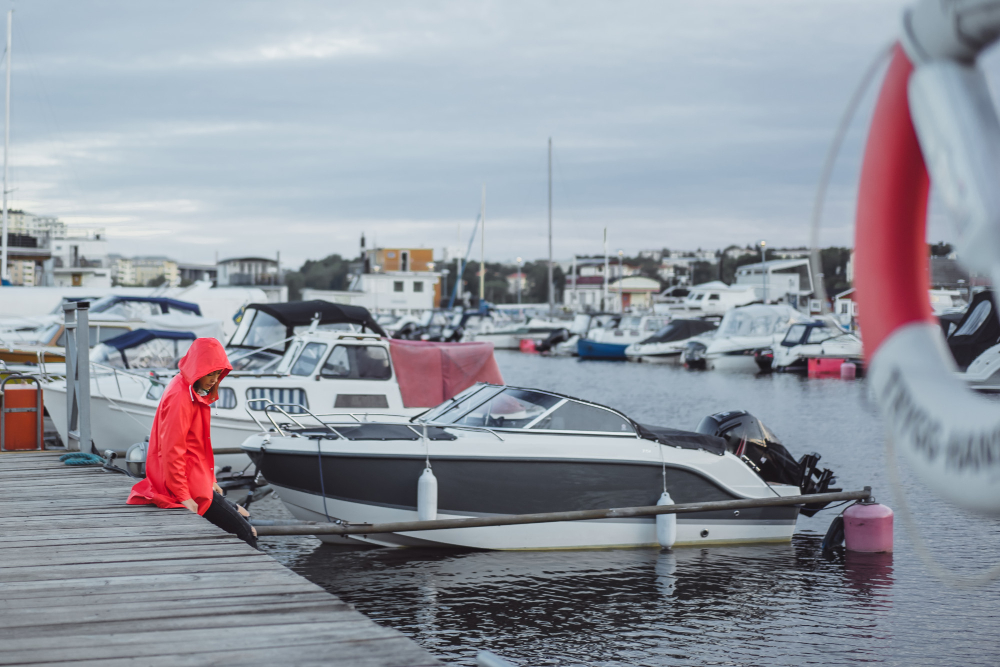When it comes to maritime safety, lifeboat services play an essential role in saving lives at sea. Whether on a large cargo ship, a passenger cruise, or a smaller vessel, the availability and readiness of lifeboats can make a life-saving difference in emergency situations. Lifeboat service encompass the maintenance, inspection, and readiness of these critical vessels to ensure they function flawlessly in moments of crisis. This guide explores the key aspects of lifeboat services and the importance of regular lifeboat inspections and maintenance.
The Importance of Lifeboat Services in Maritime Safety
Lifeboats are designed to be a vessel of last resort, offering individuals a chance for survival if they must abandon ship. In the event of an emergency like fire, sinking, or collision, lifeboats provide a safe space for crew and passengers while awaiting rescue. Lifeboat services ensure that these lifeboats remain fully functional, readily accessible, and safe.
Types of Lifeboat Services
Lifeboat services generally include inspection, maintenance, repair, and crew training. Each service is critical to ensuring that the lifeboat performs as expected in an emergency.
-
Inspection Services
- Regular inspections identify potential issues in lifeboats, such as structural damage, worn-out parts, or malfunctioning equipment.
- Lifeboat inspections typically check hull integrity, release mechanisms, seating arrangements, and emergency supplies, including food and water.
-
Maintenance and Repair
- Proper maintenance includes cleaning, lubrication, and component replacement, which ensures the durability and readiness of lifeboats.
- During repairs, experienced technicians fix any mechanical or structural issues, replace worn-out parts, and verify that engines (if any) are in good working order.
-
Load Testing
- Load testing is essential to confirm the lifeboat’s ability to carry its full load capacity. This testing ensures that the lifeboat can support all passengers and crew when fully loaded.
- Load tests also assess the structural integrity and durability of the lifeboat.
-
Crew Training
- A well-trained crew is essential for lifeboat operations. Crew members are trained to handle emergency deployments, passenger organization, and safety protocols.
- Lifeboat drills familiarize the crew with launching procedures, steering, and handling potential situations in real emergencies.
Key Components of Lifeboat Equipment and Maintenance
A lifeboat carries essential equipment to support survival at sea, including:
- Survival Rations: Enough water and food supplies are kept on board to last at least 24 hours per person.
- Communication Tools: Lifeboats are equipped with communication equipment like VHF radios and signaling devices for alerting rescuers.
- Medical Supplies: First-aid kits, seasickness tablets, and other medical essentials are stocked.
- Navigation Equipment: Lifeboats carry compasses, maps, and other basic navigation tools.
- Safety Gear: Life vests, thermal blankets, paddles, and emergency lighting are always available.
Regular maintenance ensures each item remains in good condition and that they are replaced or repaired as needed.
Benefits of Lifeboat Services
-
Improved Safety and Compliance
- Lifeboat services not only safeguard the lives of crew and passengers but also ensure compliance with international safety regulations like those of the International Maritime Organization (IMO).
-
Enhanced Reliability in Emergencies
- Regular maintenance and testing minimize the risk of lifeboat failure during critical moments, enhancing the reliability of lifeboats as an emergency safety measure.
-
Reduced Liability and Risks
- Ensuring that all lifeboat equipment is functional and properly maintained reduces the potential legal and financial risks associated with inadequate emergency preparedness.
Lifeboat Service Regulations
The International Convention for the Safety of Life at Sea (SOLAS) requires all ships to carry lifeboats and mandates regular drills and inspections to verify readiness. Lifeboat services must adhere to strict safety and inspection standards, covering load testing, structural integrity checks, and crew training. Non-compliance can lead to severe penalties, fines, and even restrictions on the vessel’s ability to operate.
Choosing a Reliable Lifeboat Service Provider
When selecting a lifeboat service provider, it’s crucial to choose a reputable company with certified technicians, a solid safety record, and a clear understanding of maritime safety regulations. Key considerations when choosing a lifeboat service provider include:
- Certification and Compliance: Ensure the provider complies with IMO and SOLAS standards.
- Experience and Reputation: Look for companies with proven experience in lifeboat services and positive customer reviews.
- 24/7 Support and Availability: Emergencies can happen at any time, so choosing a service provider with round-the-clock support is advantageous.
- Comprehensive Service Offerings: A good lifeboat service provider will offer a wide range of services, including inspections, maintenance, repairs, and crew training.
Conclusion
Lifeboat services are vital for maintaining maritime safety and ensuring that vessels comply with international standards. Regular inspection, maintenance, and crew training are essential for the effectiveness of lifeboats in emergencies, protecting the lives of passengers and crew alike. By understanding the significance of lifeboat services and investing in a reliable provider, vessel owners and operators can contribute to safer seas and a higher standard of maritime security.




